
Animal Sculpture for Sale
Save your search and find it in your favorites
Saved search
Your search is accessible from the favorites tab > My favorite searches
Unsaved search
A problem occurred


Convergence animalière
Jean-Paul Jacquet
Sculpture - 40 x 70 x 15 cm Sculpture - 15.7 x 27.6 x 5.9 inch
$1,554
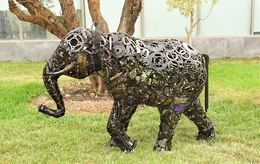
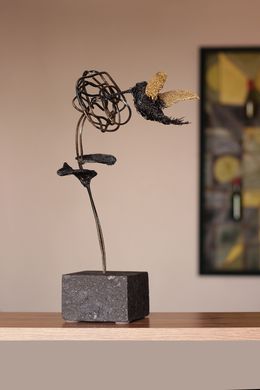
The Soaring of Spirit
Karen Axikyan
Sculpture - 39 x 18 x 23 cm Sculpture - 15.4 x 7.1 x 9.1 inch
$1,200
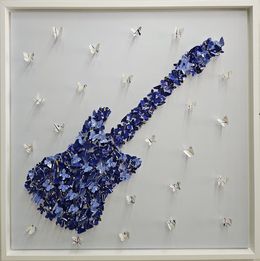
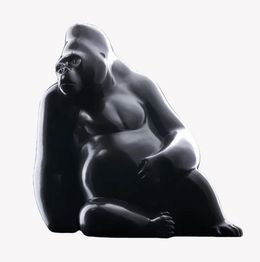
Le Patriarche N°1
Michel Bassompierre
Sculpture - 12 x 13 x 11 cm Sculpture - 4.7 x 5.1 x 4.3 inch
$3,996
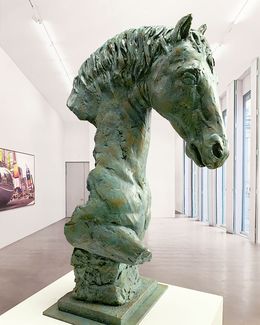
Tête de cheval impressionniste oxyde vert
Martín Duque
Sculpture - 53 x 21 x 30.5 cm Sculpture - 20.9 x 8.3 x 12 inch
$1,421
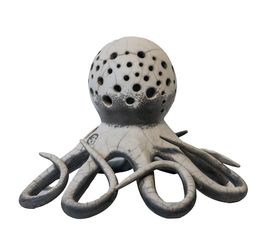
La pieuvre boule - série sculpture animal marin
Naïg Oulhen dite AbeRaku
Sculpture - 25 x 34 x 35 cm Sculpture - 9.8 x 13.4 x 13.8 inch
$2,081

Divina Proportia
Dirk De Keyzer
Sculpture - 58 x 12 x 8 cm Sculpture - 22.8 x 4.7 x 3.1 inch
$13,819
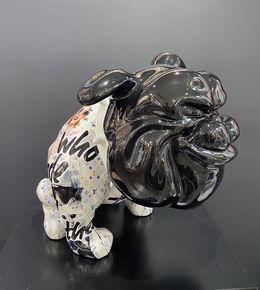
Vegas pop art black fashion
Christophe Comerro
Sculpture - 41 x 30 x 45 cm Sculpture - 16.1 x 11.8 x 17.7 inch
$1,310

Twist, Gradient Ordinal Murmuration
Jake Michael Singer
Sculpture - 100 x 82 x 90 cm Sculpture - 39.4 x 32.3 x 35.4 inch
$29,969
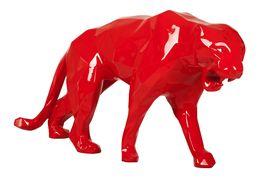
Panther Rouge Yeux Alu
Richard Orlinski
Sculpture - 34 x 70 x 15 cm Sculpture - 13.4 x 27.6 x 5.9 inch
$12,765
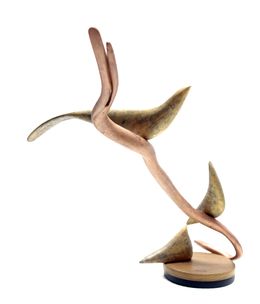
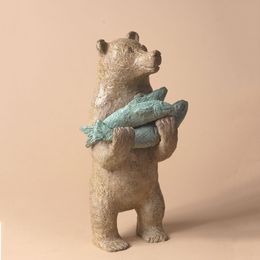
Bear with three fishes
Sophie Verger
Sculpture - 27 x 15 x 10 cm Sculpture - 10.6 x 5.9 x 3.9 inch
$2,997
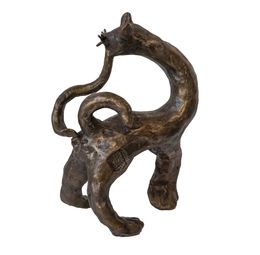
La toilette - Sculpture bronze
Plaf
Sculpture - 15 x 12 x 8.5 cm Sculpture - 5.9 x 4.7 x 3.3 inch
$1,665

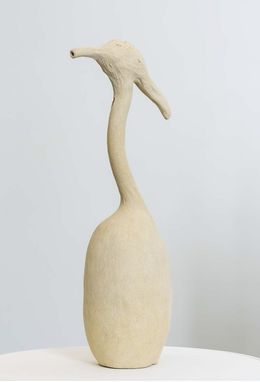
Le Cantique des oiseaux, Le Héron
Katia Kameli
Sculpture - 49 x 10 x 10 cm Sculpture - 19.3 x 3.9 x 3.9 inch
$8,325

Yellow Rabbit-large size
Viktor Zuk
Sculpture - 46 x 33 x 14 cm Sculpture - 18.1 x 13 x 5.5 inch
$610
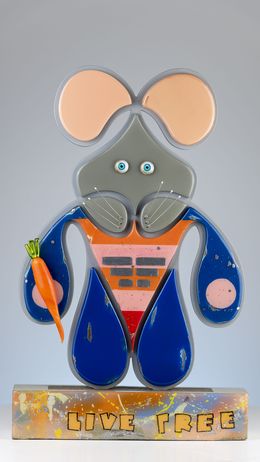
Childhood Perception Series
Serge Hamad
Sculpture - 48.3 x 29.2 x 7.6 cm Sculpture - 19 x 11.5 x 3 inch
$3,800
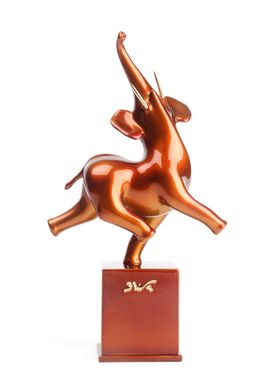
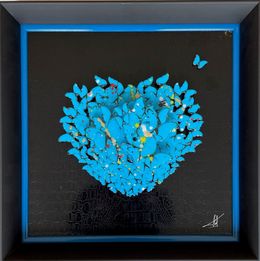
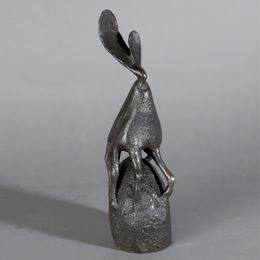

Chat à sa toilette
Isabelle Carabantes
Sculpture - 68 x 32 x 27 cm Sculpture - 26.8 x 12.6 x 10.6 inch
$7,770

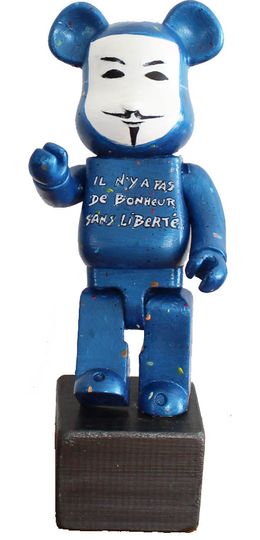
The anonymous bear #3
Jean-Philippe Berger
Sculpture - 27 x 13 x 13 cm Sculpture - 10.6 x 5.1 x 5.1 inch
$244

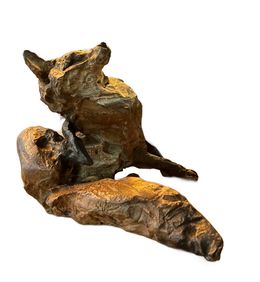
Renard
Jean-François Gambino
Sculpture - 25.5 x 31 x 36 cm Sculpture - 10 x 12.2 x 14.2 inch
$16,428

2020_11 1 (GA43)
Guillaume Allemand
Sculpture - 43 x 43 x 3 cm Sculpture - 16.9 x 16.9 x 1.2 inch
$1,110
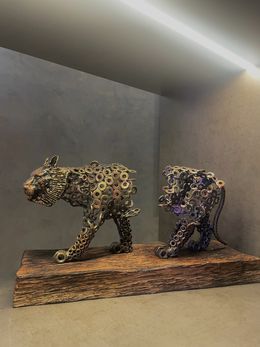
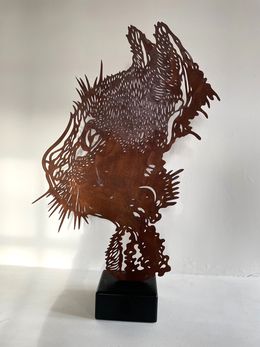
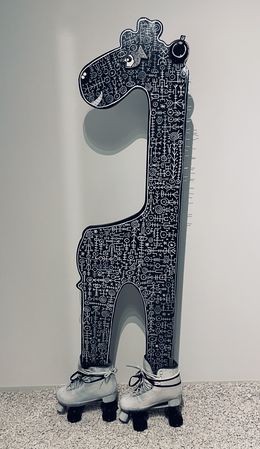
Moonwalk on wheels 1
Guillaume Nicolaou
Sculpture - 150 x 70 x 5 cm Sculpture - 59.1 x 27.6 x 2 inch
$3,552

Coeur argenté
Béatrice Bost Le Moël
Sculpture - 50 x 50 x 3 cm Sculpture - 19.7 x 19.7 x 1.2 inch
$2,775
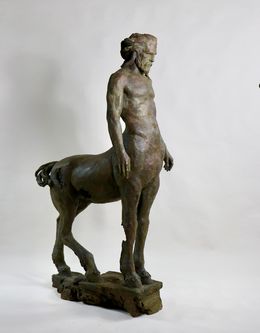
Le centaure, Chiron
Christophe Charbonnel
Sculpture - 146 x 48 x 80 cm Sculpture - 57.5 x 18.9 x 31.5 inch
$66,598
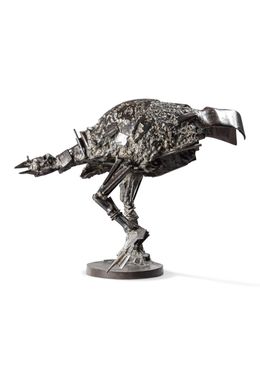


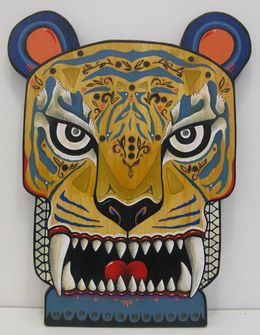
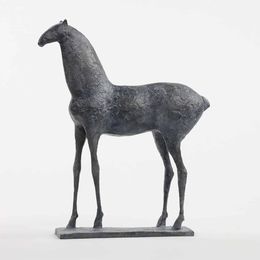
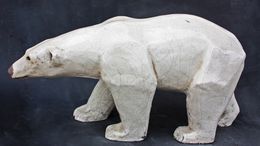
Ours marchant
Marie-Josèphe Stenne
Sculpture - 18 x 37.5 x 12.5 cm Sculpture - 7.1 x 14.8 x 4.9 inch
$666
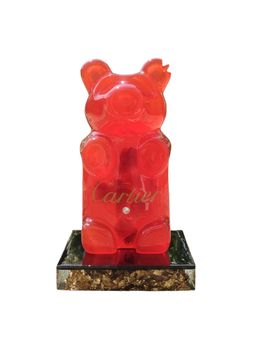
Ourson Rubis : k Aru __ sculpture
Elodie Dengreville
Sculpture - 20 x 12 x 7 cm Sculpture - 7.9 x 4.7 x 2.8 inch
$888
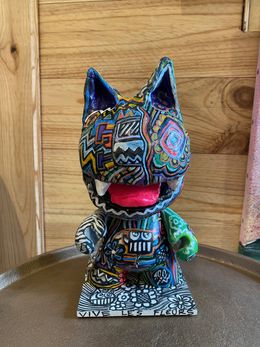
Vive les customisations II
Seb Paul Michel
Sculpture - 20 x 10 x 11 cm Sculpture - 7.9 x 3.9 x 4.3 inch
$200
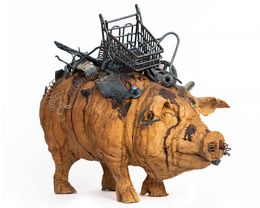
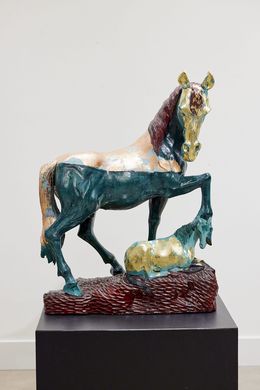
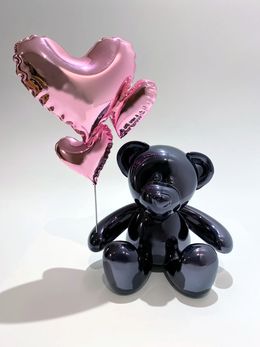
Teddy Love Chrome - Noir & Rose
Nicolas Krauss
Sculpture - 23 x 15 x 10 cm Sculpture - 9.1 x 5.9 x 3.9 inch
$2,775

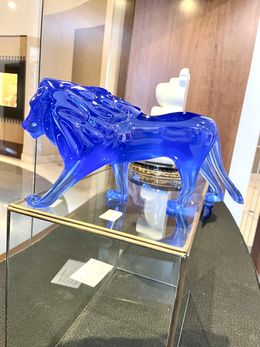
Little lion blue
Cyril Maccioni
Sculpture - 30 x 7 x 4.5 cm Sculpture - 11.8 x 2.8 x 1.8 inch
$3,330
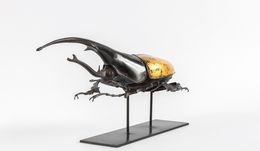
Dynaste Hercule
Edouard Martinet
Sculpture - 22 x 60 x 20 cm Sculpture - 8.7 x 23.6 x 7.9 inch
$14,208
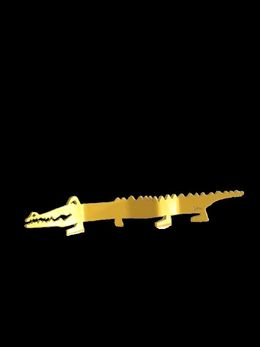
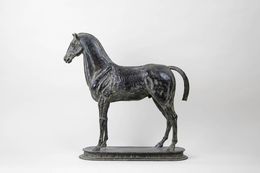

Méduses des mers d'aciers
Looki
Sculpture - 68 x 70 x 21 cm Sculpture - 26.8 x 27.6 x 8.3 inch
$1,609

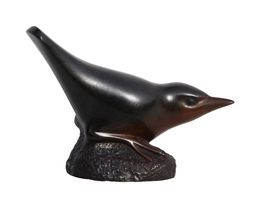

Triptyque crocodile - Série sculpture bois animaux
Matthieu Libault
Sculpture - 87 x 40 x 12 cm Sculpture - 34.3 x 15.7 x 4.7 inch
$1,110
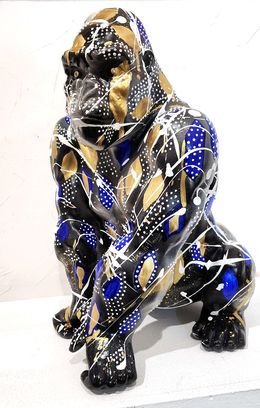
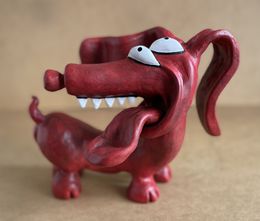
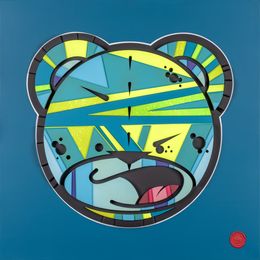
BadassBear on Wood Turquoise
Zach (Oreo)
Sculpture - 60 x 60 x 5 cm Sculpture - 23.6 x 23.6 x 2 inch
$2,164

King Kong Balls Blanc
Denis Defrancesco
Sculpture - 11 x 25 x 11 cm Sculpture - 4.3 x 9.8 x 4.3 inch
$1,665

Hommage à Pompon
Michel Audiard
Sculpture - 25 x 50 x 16 cm Sculpture - 9.8 x 19.7 x 6.3 inch
$1,443

T-Rex Cyborg Dinosaur Figure Silver
Hajime Sorayama
Sculpture - 23 x 65 x 15 cm Sculpture - 9.1 x 25.6 x 5.9 inch
$3,500


Tourteau aux pignons
Thierry Benenati
Sculpture - 28 x 53 x 38.2 cm Sculpture - 11 x 20.9 x 15 inch
$33,299
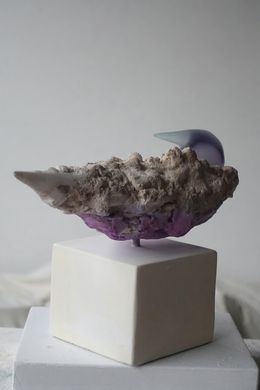
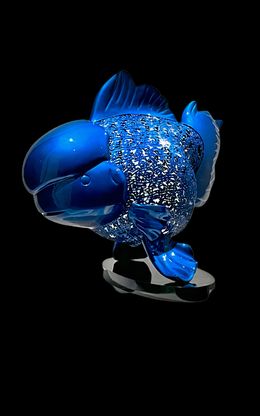
Majestic nishikigoi in metal splendor : aqueous grandeur azure
Hiro Ando
Sculpture - 80 x 75 x 100 cm Sculpture - 31.5 x 29.5 x 39.4 inch
$26,639
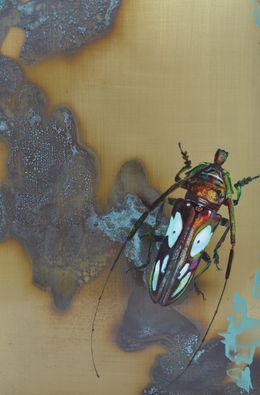

Ours Pompon
François Pompon et Yves Klein
Sculpture - 27 x 49 x 19 cm Sculpture - 10.6 x 19.3 x 7.5 inch
$9,934

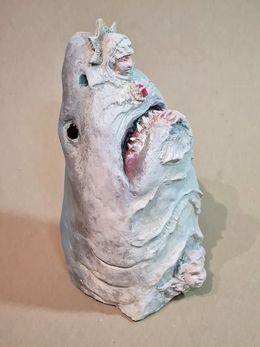
Deep Bless (les dents de la mère)
FabEnt (Fabrice Entemeyer)
Sculpture - 25 x 12 x 11 cm Sculpture - 9.8 x 4.7 x 4.3 inch
$777
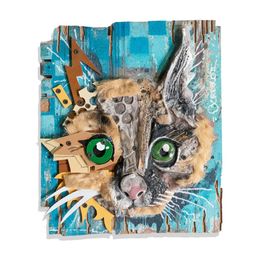
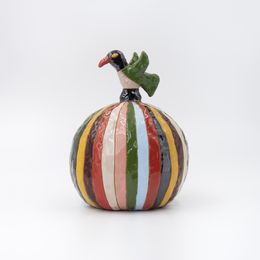
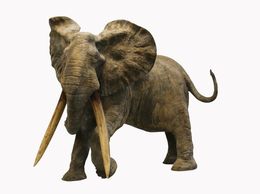
Bado Mecambo
François Vandenberghe
Sculpture - 60 x 37 x 52 cm Sculpture - 23.6 x 14.6 x 20.5 inch
$26,084


Petit Léopard sur le rocher
Patrick Villas
Sculpture - 29 x 23 x 16 cm Sculpture - 11.4 x 9.1 x 6.3 inch
$6,660
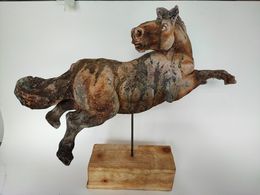
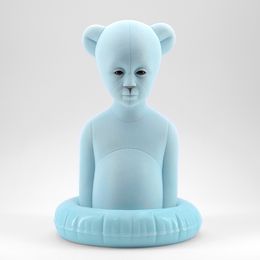

Black and gold panther
Shan Project
Sculpture - 120 x 80 x 70 cm Sculpture - 47.2 x 31.5 x 27.6 inch
$13,320

The walking cheetah
Marie Ackers
Sculpture - 46 x 100 x 35 cm Sculpture - 18.1 x 39.4 x 13.8 inch
$21,089

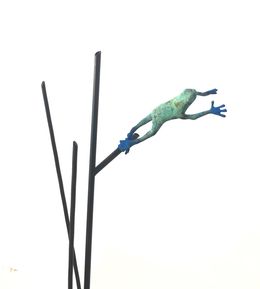
Dardo I green
Javier de la Rosa
Sculpture - 150 x 20 x 20 cm Sculpture - 59.1 x 7.9 x 7.9 inch
$1,673
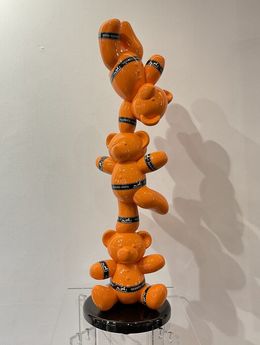
Ours en équilibre Pop Art Brillant
André Gacko
Sculpture - 86 x 25 x 25 cm Sculpture - 33.9 x 9.8 x 9.8 inch
$4,307
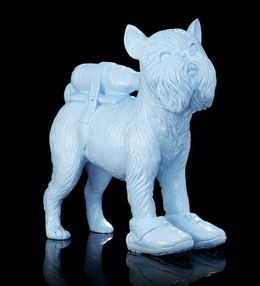
Cloned Griffon Bruxellois with Pet Bottle
William Sweetlove
Sculpture - 40 x 40 x 18 cm Sculpture - 15.7 x 15.7 x 7.1 inch
$1,554
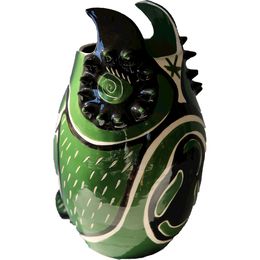

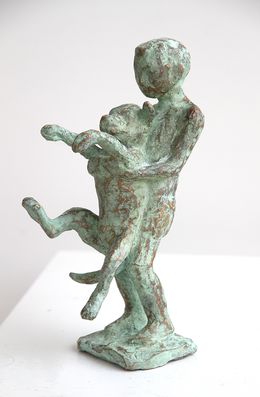
Jongetje met hond (Little boy with dog)
Babette Degraeve
Sculpture - 20 x 8 x 11 cm Sculpture - 7.9 x 3.1 x 4.3 inch
$971
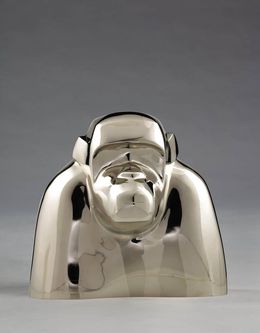
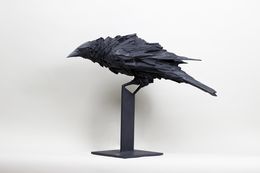

Angel Bear - 24K Gold Plated
Richard Texier
Sculpture - 22 x 18 x 16.5 cm Sculpture - 8.7 x 7.1 x 6.5 inch
$999
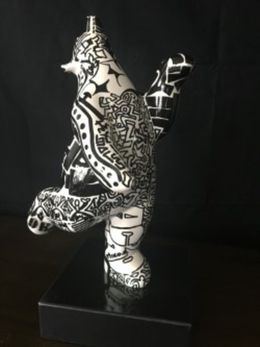
Petit ours tagué patineur
Miko-R
Sculpture - 40 x 18 x 26 cm Sculpture - 15.7 x 7.1 x 10.2 inch
$832
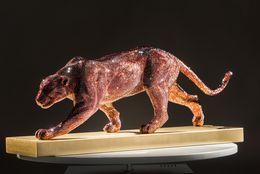
Swarovski Panther
Yves & Yulia Pires
Sculpture - 24 x 67 x 16 cm Sculpture - 9.4 x 26.4 x 6.3 inch
$16,650

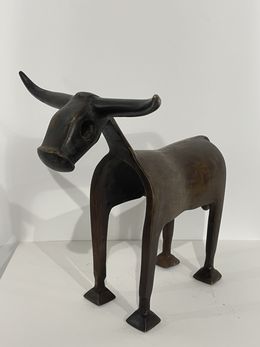
Grand taureau brun
Richard Pommier
Sculpture - 26 x 28 x 19 cm Sculpture - 10.2 x 11 x 7.5 inch
$666

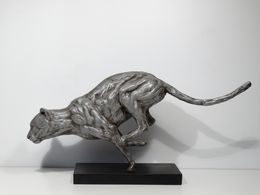
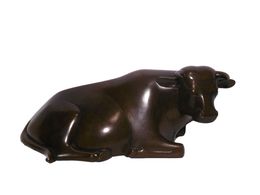
Vache couchée I
François-Xavier Lalanne
Sculpture - 16 x 43 x 19.5 cm Sculpture - 6.3 x 16.9 x 7.7 inch
$216,444
Discover the styles & movements

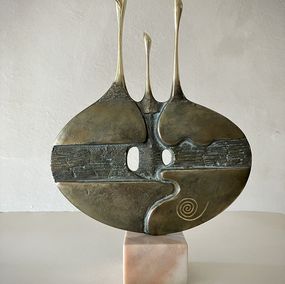
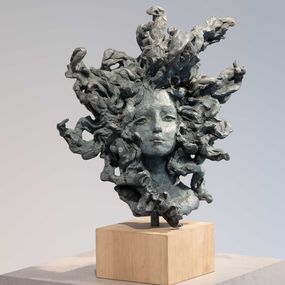


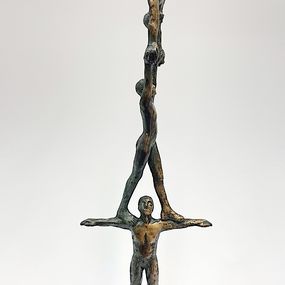



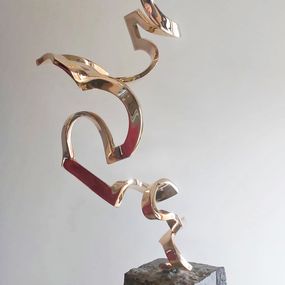

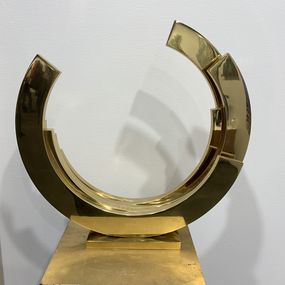
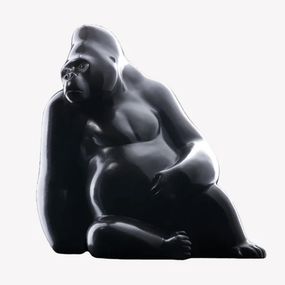
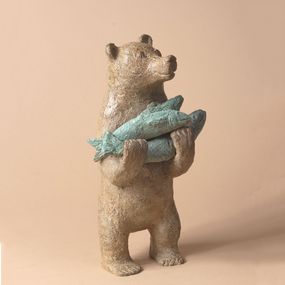

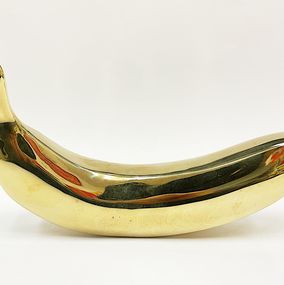

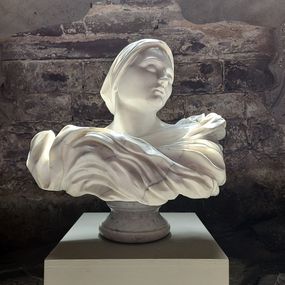


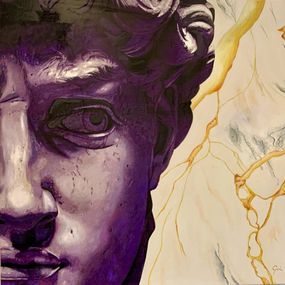
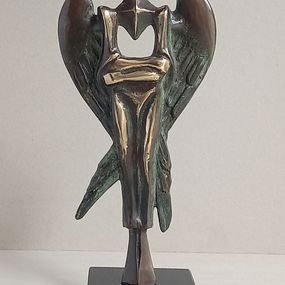

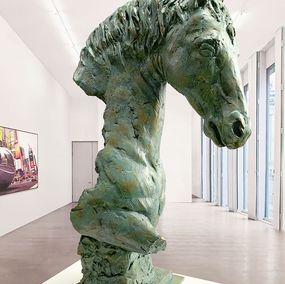

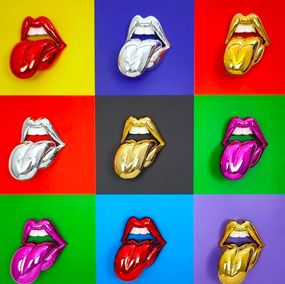

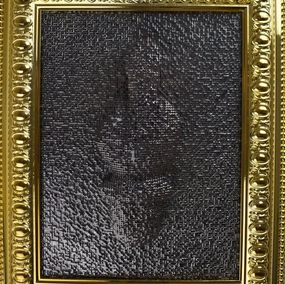
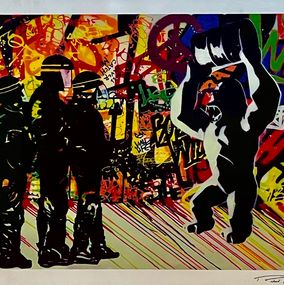
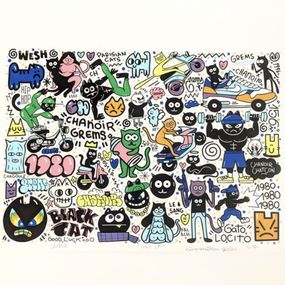






Discover the selection of our experts


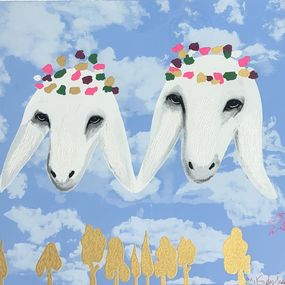


Dance of The Moth
Svetlana Martin
Painting - 80 x 60 x 2 cm Painting - 31.5 x 23.6 x 0.8 inch
$1,776
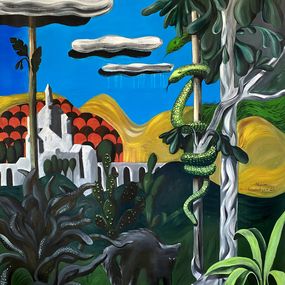
Untitled
Noyem Khachatryan
Painting - 165 x 123 x 2 cm Painting - 65 x 48.4 x 0.8 inch
$1,776 $1,598
Animal Sculpture for Sale
Animal sculpture is a sculptural style in its own right. This specific genre deserves the same recognition as nude, marble, bronze and resin sculptures.
The representation of animals and anthropomorphism has long been a source of inspiration for sculptural creations and yet it was once considered a minor genre in Western European decorative arts. Ironically, animal sculpture was of the utmost importance to Ancient civilizations. Countless ancient Egyptian buildings for example were adorned with animal sculptures, from grandiose representations of felines to Sphinxes. More generally within the visual arts, animals were rarely represented in their own right, and were often depicted accompanying or symbolizing mythological figures or even character traits.
Aside from its mythical representations, animal sculptures were also popular with suzerain states who used monumental bronze sculptures of lions or eagles to symbolise the immensity of their power.
However, it wasn't until 1831 that the sculptor Antoine-Louis Barye finally established animal sculpture as a noble art, thanks to his work "Tiger devouring a Gavial Crocodile" at the Salon de Paris. It was no longer fashionable to depict animals as unreal, mythological creatures in the decorative arts and instead naturalism and realistic representations of animals characterized the sculpture of the period. Ideas about nature's wealth and abundance meant that all creatures deserved to be carefully and meticulously recreated in the closest likeness possible. Mythical animal interpretations were left behind and artists concentrated on capturing the finer details of an animal's fur, muscles or mouth.
A new wave of renowned animal sculptors emerged. Pierre-Jules Mêne, Antoine Aigon and Jean Germain Demay are just a few examples of some of these pioneering artists. Particularly interested in 'exotic' species (snakes, gazelles, elephants, giraffes, hippopotamuses…), they all explored representing the natural world in a variety of different ways.
In the 20th century, realist tendencies gradually faded away and a new group of creative minds began to experiment with animal sculpture as part of the shift towards modern sculpture.
Numerous artists tried their hand at animal sculpture whilst applying new aesthetic criteria which was largely influenced by modern and contemporary art movements: Abstract art, Impressionism, Cubism, Expressionism. Guided by key surrealist influences, which could not have been further removed from the traditional styles of the past century, a new bestiary was created. Pablo Picasso and Alberto Giacometti were among the key figures who helped to reinvent the way artists endeavored to sculpt animals.
In contemporary animal sculpture, radically redefining artistic techniques and the way we represent living beings has taken precedence over realistic proportion sizes and lifelike features. Artists no longer refrain from accentuating a particular body part, removing a limb for example or creating an entirely new hybrid beast. However, many artists are also skilled at creating hyper-realistic animals that seem so real they almost appear to be alive.
To help you get an idea of the latest animal sculptures, take a look at Artsper's collection of sculpted animals, selected from some of the best contemporary art galleries and made by artists including Jaques Dufrane, Raymundo Fabian Melchor and Roxana y Jesus Hernandez.
What is the most famous animal sculpture?
Some of the most famous animal sculptures in the world are Charging Bull by Arturo di Modica, The Last Three by Gillie and Marc Schattner, and Lions by Edward Kemeys.
Who is the most famous animal sculptor?
The most famous sculptors who produced animal sculptures include Edward Kemeys, who is credited as being the first animal sculptor (animalier) in America, and Antoine-Louis Barye, a French Romantic sculptor who lived during the late 18th and 19th centuries.
What is Jeff Koons rabbit made of?
Jeff Koons' Rabbit series consists of three stainless steel animal sculptures.